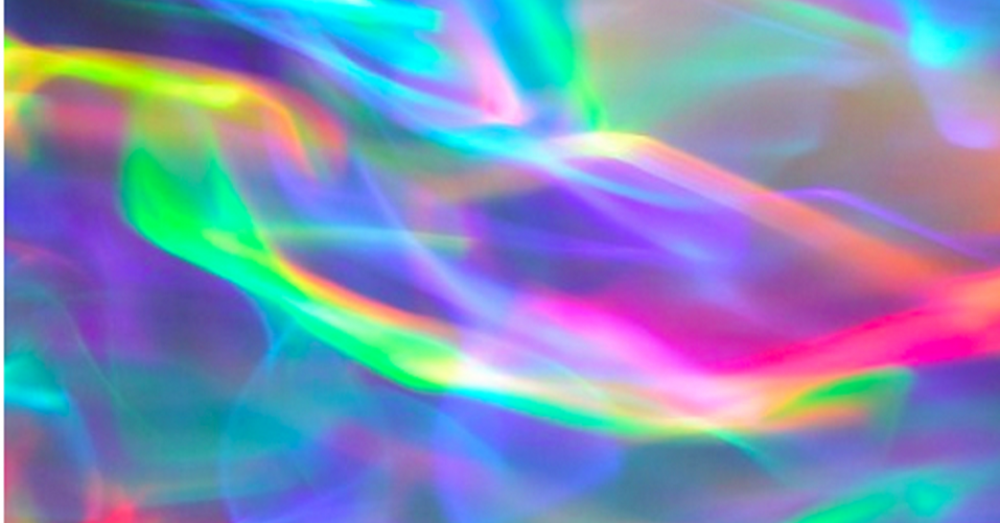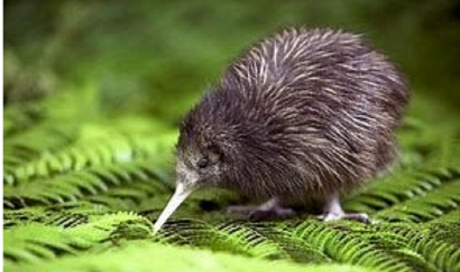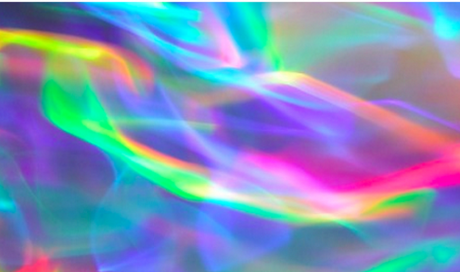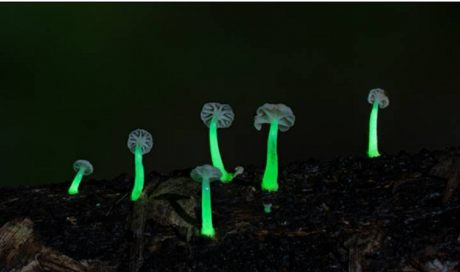A new paper from the University of Melbourne reveals how animals use beautiful but unreliable iridescent colours as communication signals.
Special adaptations enable animals to control how these shifting colours appear so that they can convey reliable information.
Iridescent colours have the seven shades of rainbow that appear to move and change as the angle at which they are seen changes.
The new work now published in Trends in Evolution and Ecology draws together studies from across the animal kingdom to discover how animals control the appearance of iridescent colors in nature.
"Iridescence is tricky to study because the hue that you see depends on the position of the viewer and the direction of light. That means that iridescent colors change constantly, so it's hard to see how they can convey reliable information. The number one rule for communication is that the information must be reliable -- it's the same for both animals and humans," ," said senior author, Dr Amanda Franklin from the School of BioSciences.
But paradoxically, iridescent colours, like dazzling butterfly wings or dramatic peacock feathers, are widespread in the natural world.The detection of iridescent signals also depends on how organisms display their colour patches, and the physical position of both the signaler and viewer. For example, an iridescent colour can be processed differently if it is flashed quickly, or if the colours are fast-moving.
Lead author, Professor Devi Stuart-Fox, said the insights shed new light on the colourful world of animal communication and highlight the challenges of studying accurately how iridescent colours work in nature.
"Nature provides a testing ground for the detection and processing of dynamic and colourful signals," she said. "Understanding how animals reliably use and produce these shifting signals can help the development of bio-inspired iridescent materials designed for human observers."
Share This Post















